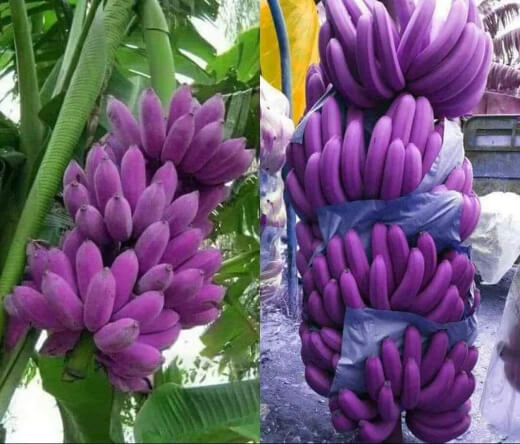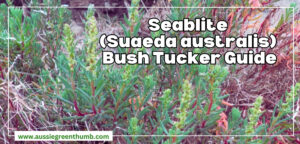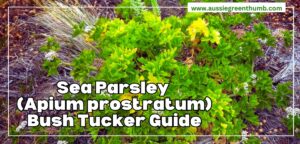So are you wondering how to grow bananas at home but aren’t sure of what to do? Good for you- growing a banana tree is the simplest thing to do. That is because, unlike other trees, it does not demand excessive attention.
In fact, if you pour it with so much attention, it may not like it at all. All it needs is a balance of positive factors. So even if caring for a banana tree is fairly easy, it does not mean to say that you don’t take heed of important things.
You’re in luck because we will exactly talk about how to take care of a banana tree here. Read this entire thing to be able to maintain your banana tree today…
More...
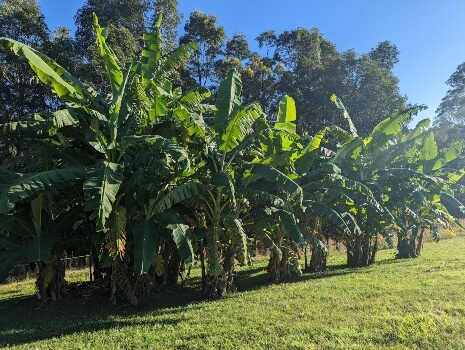
Factors Affecting Banana Tree Growth
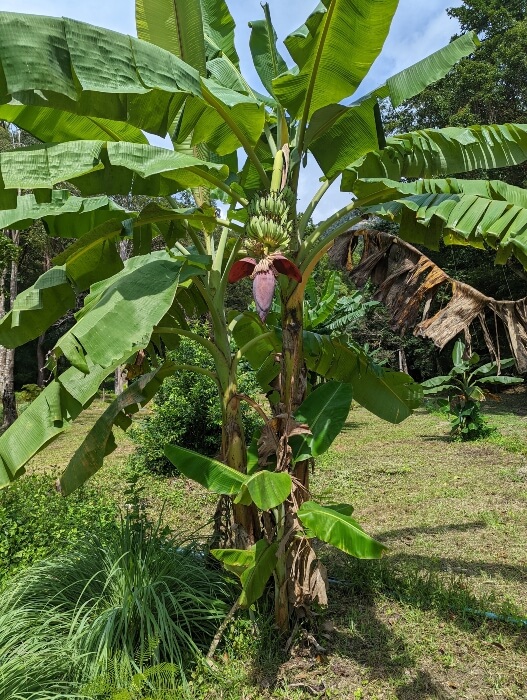
You should look out for both positive and negative factors that could affect your banana tree growth. That is the first step to taking care of a banana tree.
Keep in mind that in order to properly take care of your banana tree, you have to ensure that it’s growing in a conducive environment.
Here are some bad and good factors you should look out for on how to take care of banana trees:
Pros for Bananas:
- Balanced humidity on soil and air
- Thick layers of organic fertilisers
- Decayed organic matters for a denser soil
- Soil with high water drainage capacity
Cons for Bananas:
- Extreme humidity and moist
- Extreme dryness
- Low water-drainage capacity of soil
- Frosting
- Parasitic matters
- Without the company of other bananas
Are you ready for the best guide on planting bananas at home and how to take care of them?
Here we go….
How To Grow Bananas in Australia
Before taking care of a banana tree, you have to grow it first. If you’re aiming to grow one in your backyard, these steps should help you 101%!
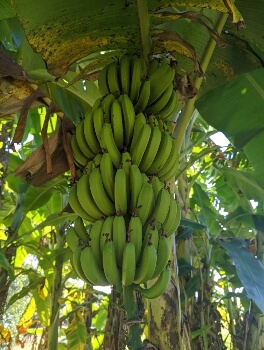
Make Sure the Soil Has Great Quality
- Test the soil’s drainage capacity by creating a deep hole in it.
- Secure 1-1.5 feet of hole from the soil.
- Water the soil up to the surface.
- Wait for an hour before getting back to check on the water in the soil. See how much water is absorbed.
- If the soil absorbed 7-15 cm of water in, then it has high absorbing/ water drainage quality. Then, it’s good for planting a banana.
Acquire the Healthiest Banana Sucker and Plant It
- Buy/purchase the slimmer banana sucker/s.
- Clean them off their parent base.
- Put the base (crom bed) into the bottom of the dug soil.
- Put in the plant.
- Cover the plant with soil.
- Water it for 10 minutes.
Banana Tree Care Guide
Finally, here’s how you take care of a banana tree:
Consider Re-Potting the Banana When Under Certain Circumstances
- In case you haven’t secured the above soil quality, then you can consider re-potting the banana plant and place it in a well-lighted area either inside or outside your home.
- Another solution to improve your soil’s drainage quality is to add a maximum layer of mulch on its surface at least once every week.
- Bananas grow swell during the summer. Make sure to fertilise its soil at least once a week during this season.
- Water the banana once every 2 weeks during the summer season.
Consider Planting an Ice Cream Banana Instead
- Purchase one online.
- The ice cream banana grows with a strong root and stem construct. Thus, people prefer it over other banana breeds because it can resist cold, strong winds and parasite infestation.
- Unlike the normal banana, it requires least to no maintenance actions at all.
Protect Your Banana
- Pot your banana (at least for the cold season).
- Place the pot under shelter or simply inside the house to protect it from frost, and strong wind and rain.
- When in a pot, layer its solid with extra-thick mulch.
- In case you have no choice but to place the potted banana outside, wrap its leaves with a blanket or clean cloth. This should protect it from frost.
Plant the Banana in Company with Other Bananas
- Plant 4-5 banana shoots together.
- Position them at least 2 meters from each other.
Congrats!


Get Your Free Guide:
Master Growing Australian Natives eBook
A Must Have Complete Guide for Every Australian Garden
Get Your Free Guide:
Master Growing Australian Natives eBook
A Must Have Complete Guide for Every Australian Garden
You are now a certified expert banana grower…
Continue reading to hear my final thoughts!
Banana Tree Frequently Asked Questions
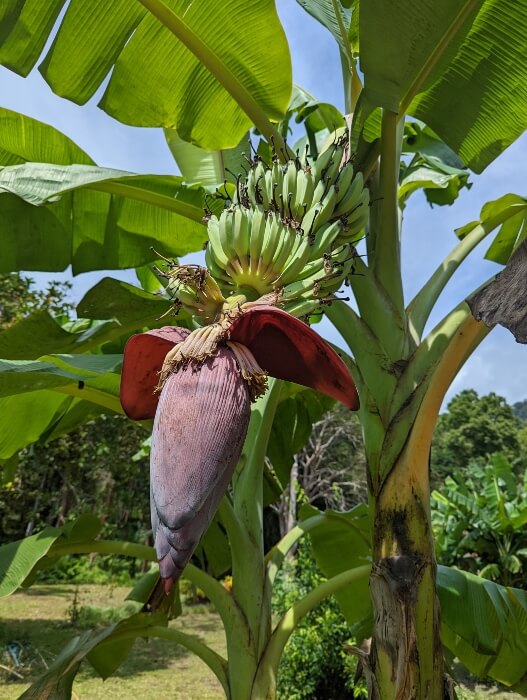
Can you grow bananas from seed?
Most wild banana varieties can be grown easily from seed, but commercial cultivation has made it all but impossible to grow bananas at home from seed due to weaker seed strength, smaller sizes, and breeding for fruit.
Musa acuminata and Musa balbisiana are two naturally occurring banana species that are very viable to grow from seed though, and well worth trying.
Can you grow bananas from a grocery store banana?
You cannot grow bananas from a grocery store banana. The seeds are bred to be barely noticeable, and while they are still present at the centre of the fruit, they do not store enough energy or growth hormones to successfully grow a new banana tree.
How long do bananas take to grow?
Bananas take around a year to bear their first fruit in Australia, when planted from a rhizome, or young stem or root cutting. However, for the best results and to give your plants a better start in life, do not let them set fruit until at least three years after planting.
The fruit you’ll get in the first two years will be undersized and take ages to ripen. Wait a bit longer until your plant has a thicker stem and is beginning to produce suckers (new stems from the base).
Are bananas easy to grow?
Bananas are easy to grow in Australia. Provide them with good sun, plenty of water, and feed them twice a month with a diluted fertiliser like liquid seaweed. Even if you forget to feed them, you’ll get reliable harvests and gorgeous foliage for the garden.
How many bananas will one tree produce?
Bananas produce their fruit in a collection called a ‘hand’, with each hand made up of 2-3 rows of bananas, and 14 rows in each hand (28-42 bananas per hand).
Each stem can carry 9 hands, but young plants produce less, meaning young bananas will produce about 30 fruits, in comparison to mature plants producing easily over 150 bananas per stem each year.
Do banana trees need a lot of water?
Banana trees need a lot of water to produce the fleshy fruits we know and love. If you’re growing banana trees to harvest, they’ll need a lot of care and attention, but even in free-draining tropical conditions, you can achieve gorgeous herbaceous plants with very little added water.
Do bananas grow back every year?
Bananas are perennial plants, and in all parts of Australia other than Tasmania they will come back without winter protection and can survive brief frosts.
Even if a prolonged frost kills off the top growth of your banana plant, cutting it back with a saw at the base in early spring will encourage rapid regrowth.
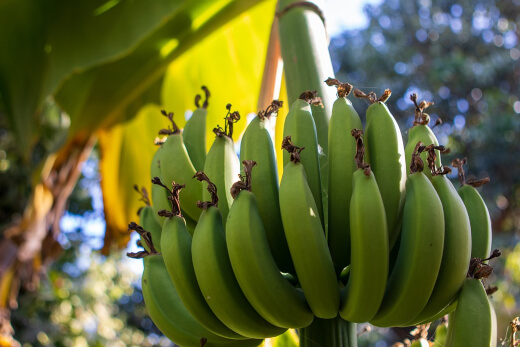
How many times a year does bananas produce fruit?
Banana trees produce fruit once a year but in warmer parts of Australia, they can bear fruit at any time of year (typically 4-5 months after they are cut back). Each tree will only ever produce one harvest per year.
Can bananas be grown in pots?
Bananas can be grown in pots but those pots will need to be pretty huge, with a rim diameter of at least 2-3 feet to accommodate their spreading roots. In small gardens, growing bananas in pots is a good way to limit their spread as they can be quite invasive if left unchecked.
Do you need two banana trees to produce fruit?
Banana trees are self-pollinating so do not need a partner tree to pollinate flowers. Like all plants though, the more you have, the higher the rate of pollination, and the wider the gene pool, particularly for natural species where you may want to harvest seeds to sow new trees.
Where is the seed in a banana?
Even in grocery store bananas, the seeds are visible, but not viable. In the very centre of the fruit, you can see a row of tiny black dots – these are the seeds.
In natural species that are not bred for mass markets, banana seeds are unmistakable with large black shells (about 5mm in diameter) running down the length of the fruit.
Do bananas grow back after being cut?
Bananas grow back after being cut back and generally look better for it. The large leaves of bananas make great compost, and help to add potassium to your homemade fertilisers.
Leaving the leaves to wilt on the plant looks messy and encourages fungus in damp weather, so it’s best to cut your tree right back to 1 ft off the ground every year to encourage new, fresh growth.

How To Grow Banana Trees Summary
As expected, it’s fairly easy to grow and take care of a banana tree. The only catch is that it can be quite meticulous especially if your environment and climate does not support it.
In short, growing bananas in a harsh environment is actually difficult.
But… With your full commitment to learn how to grow banana trees at home, nothing would be impossible!
Published on January 8, 2023 by Gary Clarke
Last Updated on September 20, 2025

